Another small no-dig and near zero-maintenance garden started in the beginning of June. We have planted a diverse polyculture and inoculated the wood chips / branch mulch with various fungi to aid the plants and for an extra yield from the same space.
Please note that new pictures will be added to all galleries on an ongoing basis, so please check back every once in a while.

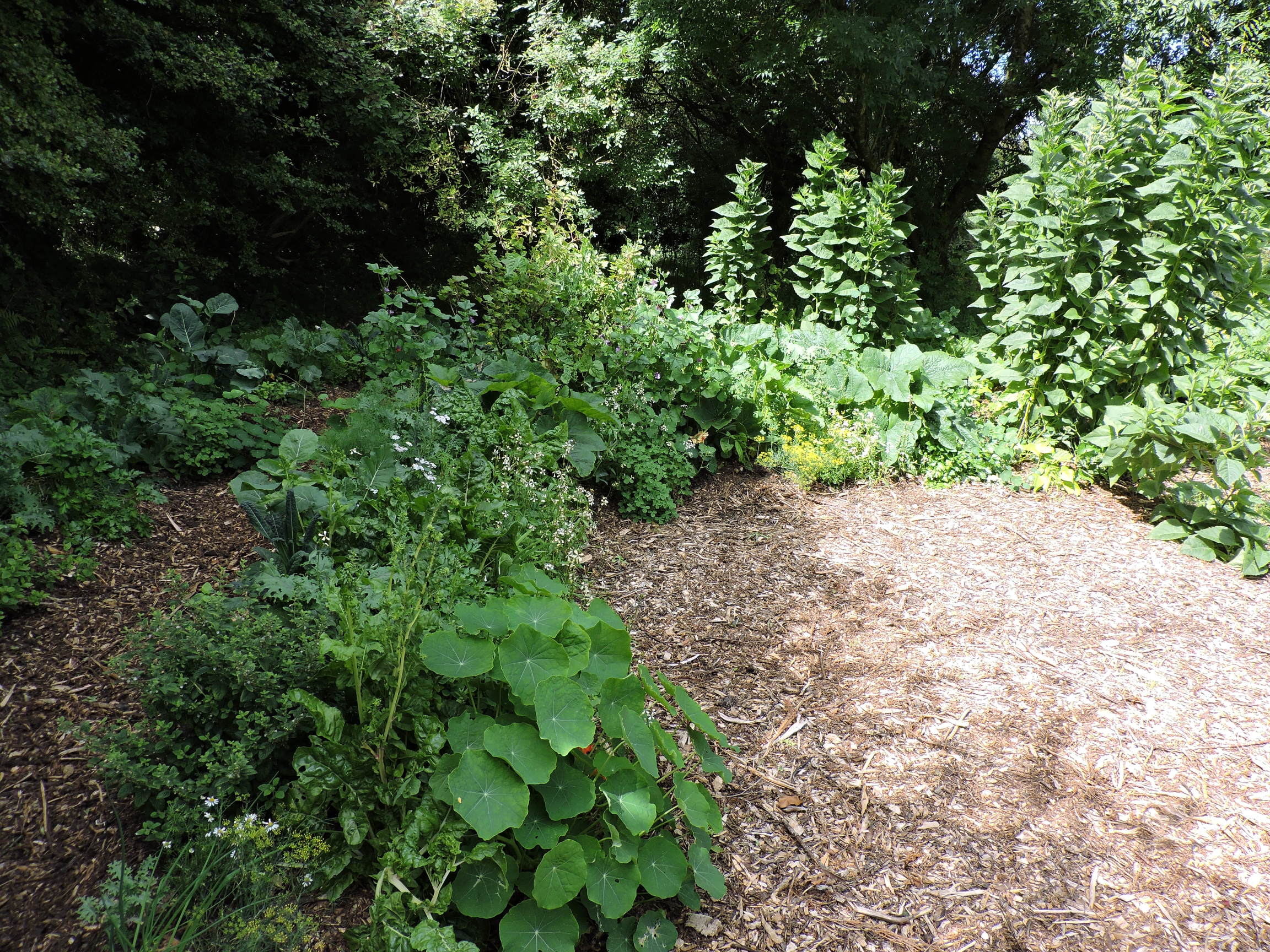
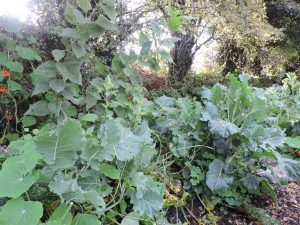
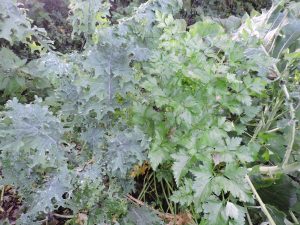
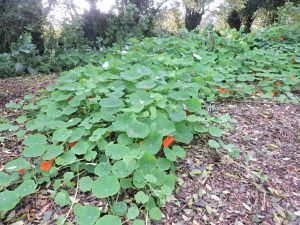
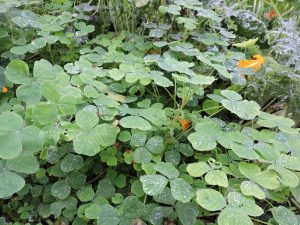
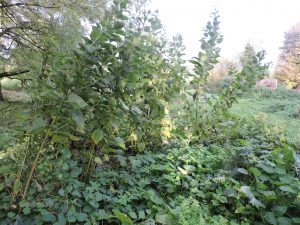
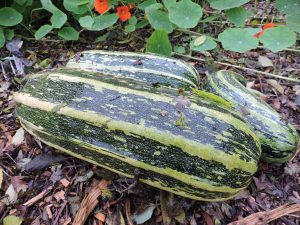
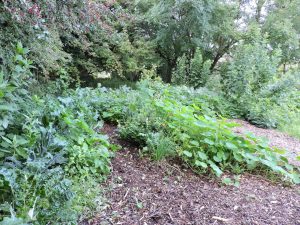
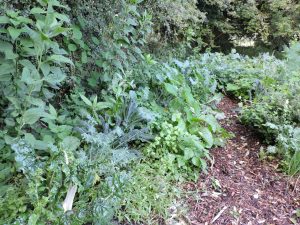
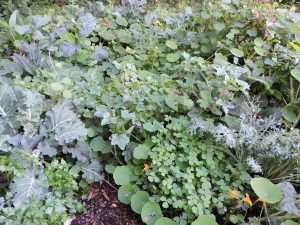
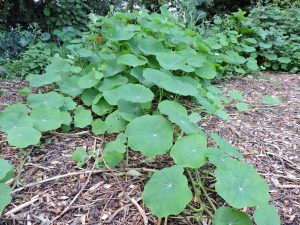
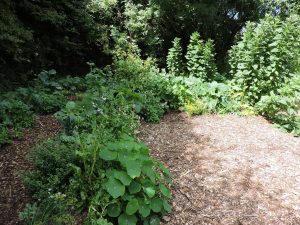
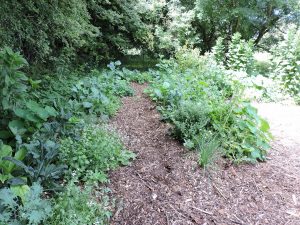
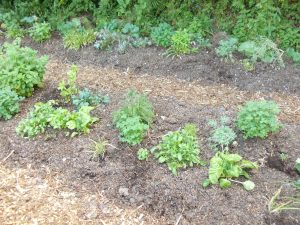
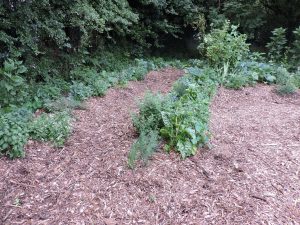
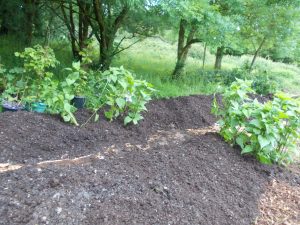
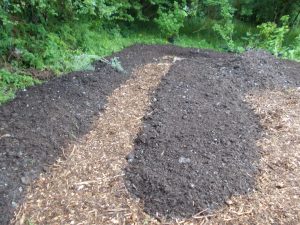
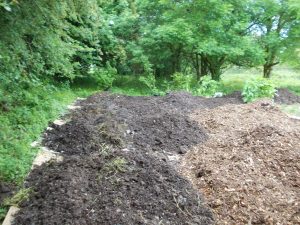

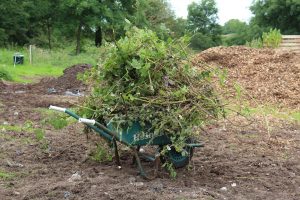
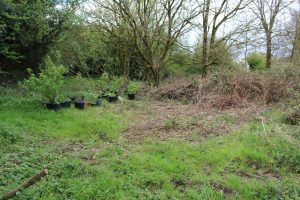
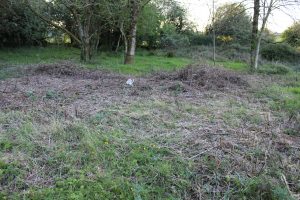
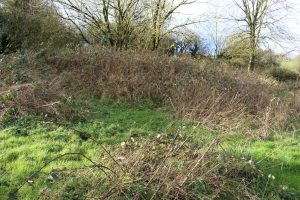
3 thoughts on “Top Garden”
I can’t believe there was only briers in the area about 2 months earlier! Well done!
We met at Linda Mc Fs GIY meeting on Wed night. You explained the layering sequence like this [I think]…clear briars…lay cardboard…. …lay compost…..lay woodchip………lay compost again….all to a to a depth of 1 foot…then plant….Is that the sequence ?
Thank you for the information and the clarity and ease with which you presented. Eamon Hughes. Glassan.
Hi Eamon, thanks for having a look at our website. You got it almost right, it’s cardboard, then compost topped a final layer of woodchips and that’s it. The thickness of the layers can be varied to suit your plantings. i.e. for hungry plants such as pumpkins and courgettes a thick layer (4-8 inches) of compost would be ideal. For plants are slow growing and not very demanding even 2-4 inches would be sufficient. The advantage when adding compost is that you can plant seedlings straight away, plus it certainly aids fertility. The wood chips on top are to block weed / grass seeds from growing. We will be posting more detailed descriptions in the near future, for now we’d be very happy to answer any questions people might have. Thanks and all the best, Martin and Bianca
Comments are closed.